#Italianlessons
Explore tagged Tumblr posts
Text
hii everyone ! 🍥 have u ever been interested in learning italian online w a super funny teacher that watches anime and reads danmei ? well u have me now !! ( i know u don't give a damn about it but im in desperate need of money and getting hired nowadays is incredibly difficult so please spread word or repost this !! i'll be forever grateful and the lessons are not even pricey so pleaseeeee 🙏🏻 )
4 notes
·
View notes
Link
#BodilyFunctions#BodyTalk#Hiccups#ItalianCulture#Italianexpressions#Italianidioms#Italianlessons#ItalianSlang#Italianvocabulary#LanguageFun#LanguageLearning#LearnItalian#Sneezes#SpeakItalian#Yawns
2 notes
·
View notes
Text
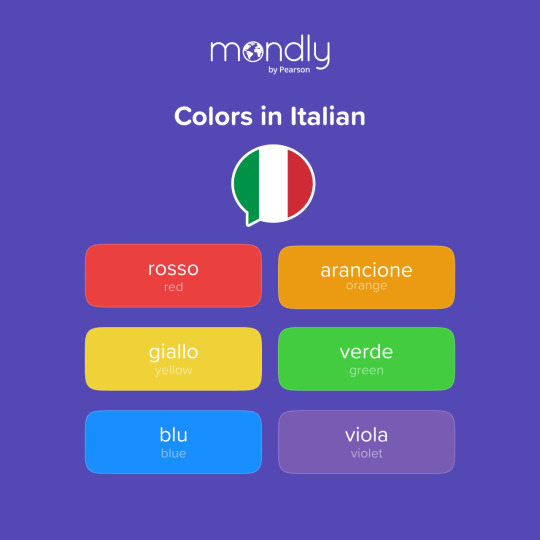
What's your favorite color? 🌈 Answer in Italian. 👇
#mondly#mondlybypearson#languages#languagelearning#romancelanguages#learnlanguages#italian#learnitalian#italianlesson#italianapp#italianforbeginners#italianlanguage#italianteacher#italianclass#italianlearning#italianonline#italy#visititaly#italianword#ciao#ragazzi#colors
7 notes
·
View notes
Text
Italian Lesson 4: Present Tense Verbs & Simple Sentences
In this lesson, you’ll learn how to use the present tense of regular verbs, and how to build simple, useful sentences in everyday conversations. 🔤 1. Present Tense of Regular Verbs In Italian, verbs are grouped into three categories based on their endings: -ARE (e.g., parlare – to speak) -ERE (e.g., vivere – to live) -IRE (e.g., dormire – to sleep) 📌 Verb Conjugation Examples Parlare (to…
0 notes
Photo

#ItalianoPerStranieri #LearnItalian #Italianlanguage #LoveItalian #SpeakItalian #Italianopertutti #Itapertutti #ItalianLesson #Parloitaliano #frelesson #ItalianClasses #LinguaItaliana #ItaPerTutti #Sport #acquatici #discipline #sportive
0 notes
Photo
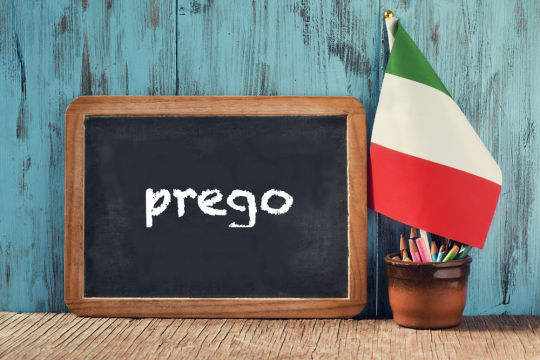
Don’t say “prego”
If someone thanks you in Italian saying grazie, the most known answer to that is prego.
The word prego means “I pray/beg” and, it is used as an answer to grazie because it derives from the longer phrase “ti prego di non ringraziarmi” (I beg you not to thank me) that no one says anymore. For this reason, many italian native speakers, perceive it as just a recited formula, not very heartfelt. You can still use it in formal or semiformal environments, but there are more spontaneous alternatives for everyday use.
Di niente!
Figurati!
Ci mancherebbe!
è stato un piacere!
Quando vuoi!
These are different ways to express that whatever you are being thanked for, was not a burden for you, in fact it was nothing (di niente) or even a pleasure (è stato un piacere) and you would do it again anytime they want (quando vuoi)!
Much more effective expressions, aren’t they?
#learn italian#learnitalian#italy#italian#italian lesson#italianlessons#italian langblr#italian language#italian culture#italian online#italian phrases#italian quotes#italian things#italian vocabulary#italian words#italianonline#italiantutor#italianwords#italianoperstranieri#italianforbeginners#polyglot#bilingual#language
151 notes
·
View notes
Photo
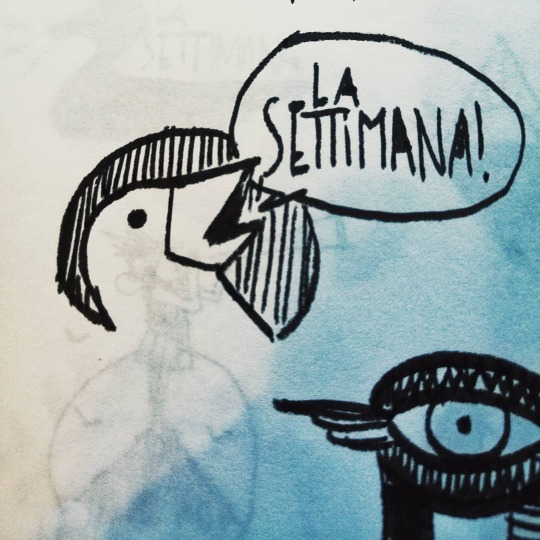
Schizzi di @theoszczepanski per il logo della nuovissima newsletter La Settimana. Per iscrivervi e vedere il logo definitivo andate su https://lasettimana.substack.com/about Il link è anche in bio. . . . #linguaitaliana #italiano #learnitalian #aprenderitaliano #speakitalian #imparareitaliano #italianlessons #languagelearning #italylovers #italynews #newsletter https://www.instagram.com/p/CDycA9zKAbG/?igshid=1ieafaxy8d3x2
#linguaitaliana#italiano#learnitalian#aprenderitaliano#speakitalian#imparareitaliano#italianlessons#languagelearning#italylovers#italynews#newsletter
2 notes
·
View notes
Photo

English to German translation Learn German language with Language Scoop
#languagescoop#learning#education#ielts#language#deutschonline#germangrammar#redewendung#grammatik#germanforbeginners#germanvocabulary#deutschesprache#sprache#deutschkurs#instadeutsch#speakgerman#learngerman#italianlessons#sprachkurs#deutschegrammatik#germanonlinecourse#deutschlernen#germanonline#languageenthusiast
1 note
·
View note
Text
Helpful idiomatic expressions in Italian: Fare quattro passi
There are many interesting expressions in Italian. One that we use often is “Fare quattro passi.”
It’s an informal expression to say we are going for a short stroll or a walk.
It is almost equivalent to “andare a fare una passeggiata”, but it sounds more like a short walk and more carefree.
For example:
1- Dopo pranzo, vado a fare quattro passi. / After lunch, I’ll go for a short walk.
2- Dov’è Maria? È andata a fare quattro passi con Marco / Where’s Maria? She’s gone for a short walk with Marco
Let’s look at a dialogue:
A: Cosa fai oggi?
B: Vado a fare quattro passi in centro.
(A: What do you do today?
B: I go for a short walk in the city center.)
We often use DUE instead of QUATTRO, for no reason other than we are a little crazy... Note that fare due passi doesn’t necessarily imply a shorter walk than fare quattro passi, they are just equivalent expressions!
Examples:
1- Fa bene fare due passi dopo mangiato / It’s good to have a short walk after eating.
2- Avevo un po’ di tempo e ho fatto due passi in centro / I had some time and I went for a short walk in the city center.
Let’s see this in a dialog:
A: Ti va di fare due passi?
B: No, sono troppo stanco.
(A: Do you feel like a short stroll?
B: No, I’m too tired.)
Hope this helps! Don’t forget to subscribe!
4 notes
·
View notes
Photo
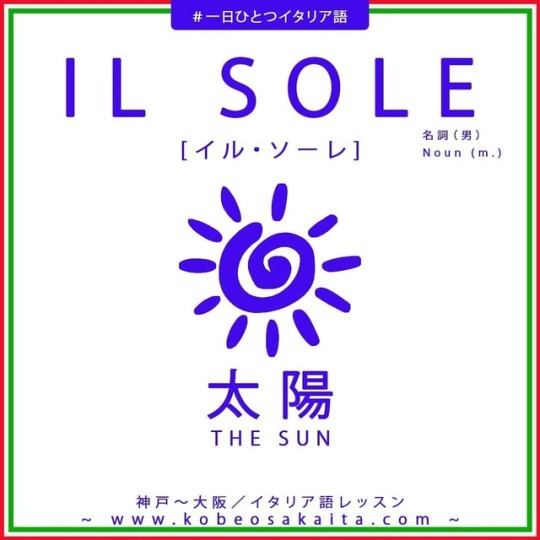
こんにちは。#平成、お疲れ様でございました。#令和、どうぞ宜しくお願い致します。今日は令和だけじゃなくて、もう一つの事が始まります:「一日ひとつイタリア語」というプロジェクトです。毎日イタリア語の言葉・表現をのせたいと思っています。イタリア語に興味ある方、ぜひフォローしてください。さて、始めましょう! 今日の言葉は『IL SOLE』:「太陽」の意味です。男性名詞なので、「IL」という定冠詞を使われています。二番目のピクチャーで例文を表します:「太陽は空に輝く」という文章はイタリアでよく使われています。 質問がございましたら、ぜひコメントしてください。そして、ウェブサイトをご覧ください ~≫【www.kobeosakaita.com】 また明日ね~!Ciao! #一日ひとつイタリア語 #kobeosakaita #イタリア語 #イタリア語勉強中 #イタリア #イタリアン #イタリア好き #今日の言葉 #言葉 #Italian #italiangrammar #italianlanguage #italianvocabulary #italianlesson #italianlessons #studyitalian #wordoftheday #italianwords #languagelearning #studygram #studingitalian #italiano #italianonline #italia https://www.instagram.com/p/Bw5xI8dh57I/?utm_source=ig_tumblr_share&igshid=1r09awkmv6lls
#平成#令和#一日ひとつイタリア語#kobeosakaita#イタリア語#イタリア語勉強中#イタリア#イタリアン#イタリア好き#今日の言葉#言葉#italian#italiangrammar#italianlanguage#italianvocabulary#italianlesson#italianlessons#studyitalian#wordoftheday#italianwords#languagelearning#studygram#studingitalian#italiano#italianonline#italia
1 note
·
View note
Photo

Uhm… I don’t think that I’m going to make the finals this week… 😂 @duolingo #italianlessons (at Navigli) https://www.instagram.com/p/CnQs8qGosid/?igshid=NGJjMDIxMWI=
0 notes
Link
#FluentItalian#FunnyItalian#GoatAdventures#GoatLife#GrammarHack#GrammarMadeFun#ItalianAlps#ItalianFun#Italiangrammar#Italianlanguage#ItalianLessons#ItalianTeacher#ItalianTips#ItalianVerbs#ItalyLover#Jodel#LanguageLearning#LearnItalian#ParliamoItaliano#SpeakItalian#studentessamatta#VerbiModali#YodelAway#Yodeling
0 notes
Text
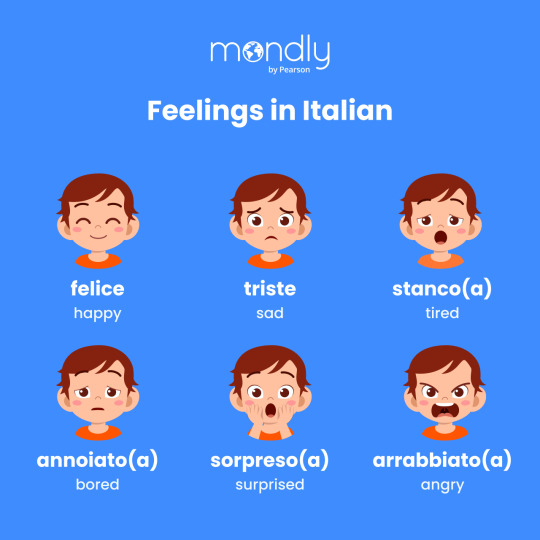
How do you feel today? 🤩 Answer in Italian.👇
#mondly#pearson#languages#languagelearning#romancelanguages#learnlanguages#italian#learnitalian#italianlesson#italianapp#italianforbeginners#italianlanguage#italianteacher#italianclass#italianlearning#italianonline#italianword#ciao
6 notes
·
View notes
Text
Italian Lesson 3: Asking Questions & Making Basic Sentences
In this lesson, you’ll learn how to ask and answer common questions in Italian, and how to form simple sentences using useful vocabulary for everyday situations. 🗣️ 1️⃣ Common Questions in Italian ItalianEnglishCome ti chiami?What’s your name?Di dove sei?Where are you from?Quanti anni hai?How old are you?Che ora è?What time is it?Quanto costa?How much does it cost?Dov’è il bagno?Where is the…
#BasicItalian#ItalianForBeginners#italianlanguagecourses#italianlanguagelesson#italianlesson#italianlessononline#ItalianRemoteLife#ItalianUniversities#italiianlessonfree#LearnItalian#SpeakItalian#StudyItalian#italian
0 notes
Photo
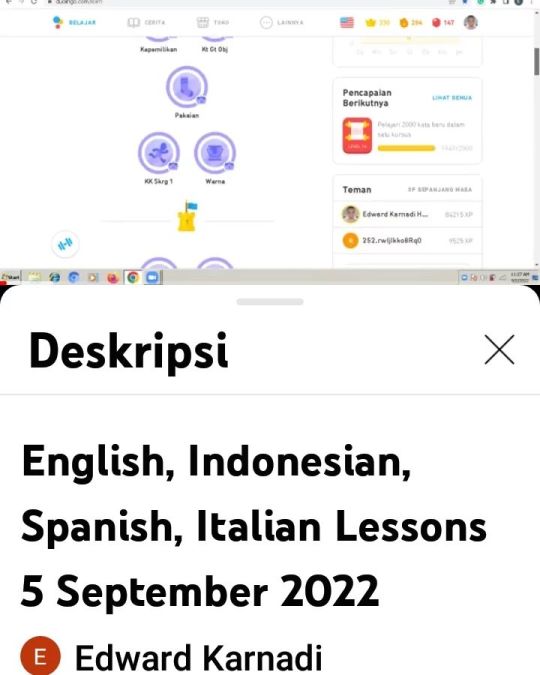
Please watch this video about lessons on English, Indonesian, Spanish, and Italian. Thank you to @duolingo for providing the materials. Thank you to anyone watching this video. https://youtu.be/sTjFO-7EDak #duolingo #language #languagelearning #languagestudy #lessons #onlinelessons #english #indonesian #spanish #italian #englishlearning #indonesianlearning #spanishlessons #italianlessons #onlinelearning #onlineclasses #elearning #learnonline (di Indonesia) https://www.instagram.com/p/CiHDVd_rE26/?igshid=NGJjMDIxMWI=
#duolingo#language#languagelearning#languagestudy#lessons#onlinelessons#english#indonesian#spanish#italian#englishlearning#indonesianlearning#spanishlessons#italianlessons#onlinelearning#onlineclasses#elearning#learnonline
0 notes
Text
Helpful Italian Expressions: Come mi sta? Come mi va?
An interesting usage of the verb “STARE” and the verb “ANDARE”
We use the verb “stare” when we want to ask how does a piece of clothing (or an accessory) looks on us.
For example:
A: Ho comprato questo nuovo cappello. Come mi sta?
B: Ti sta benissimo.
(A: I Bought this new hat. How does it look on me?
B: It looks great on you!)
I bought this new hat. How does it look on me? ( How do I look with it?)
We can use this expression instead of “Come sto con questo cappello?” (”How do I look with this hat”) when we want to bring the attention on the object rather than the person.
The expression generally refers to how the object looks on us. If we are inquiring about size, we generally use “come mi va?” to translate “how does it fit me?”
A: Ho comprato questa maglia nuova. Come mi va?
B: È troppo piccola.
(A:I bought this new sweater. How does it fit me?
B: It’s too small)
Note that if the object is plural we need to conjugate the verb differently!
Ex: Ho comprato questi nuovi occhiali. Come mi stanno? (I bought these new glasses. How do they look on me?/ How do I look?)
Ex: Ho comprato delle scarpe nuove, ma non mi vanno. (I bought a pair of new shoes, but they don’t fit me)
#italian#learnitalian#italianlessons#italiano#italy#italia#italianlanguage#italian idioms#italian expressions
1 note
·
View note